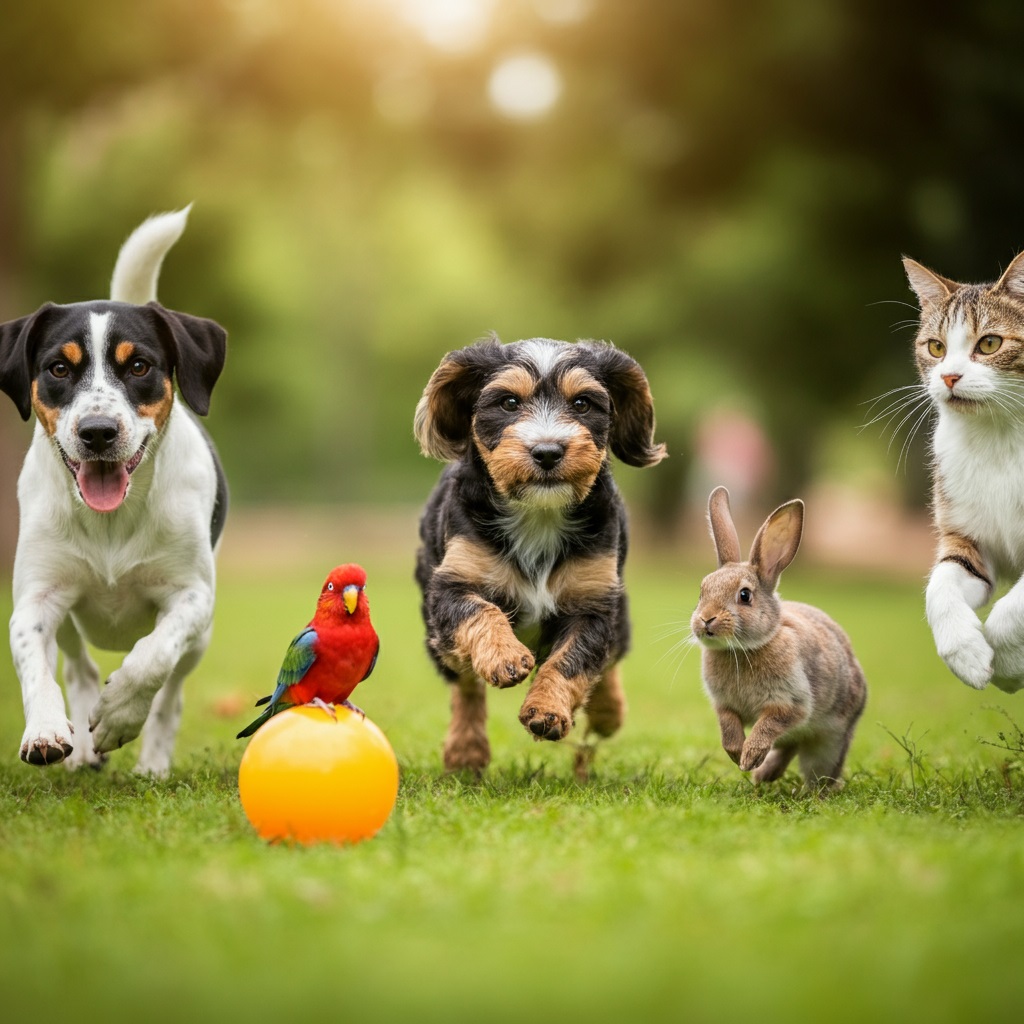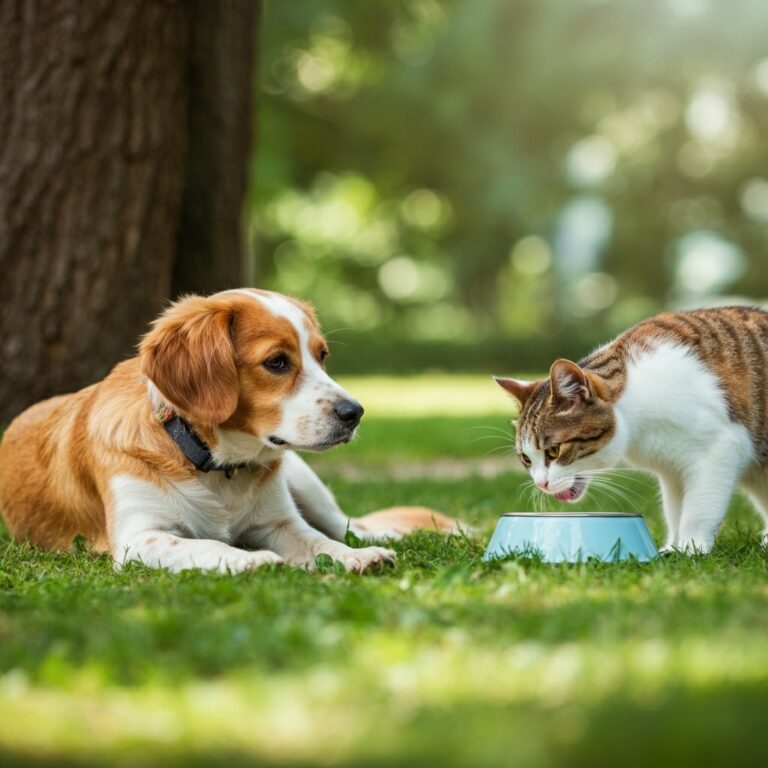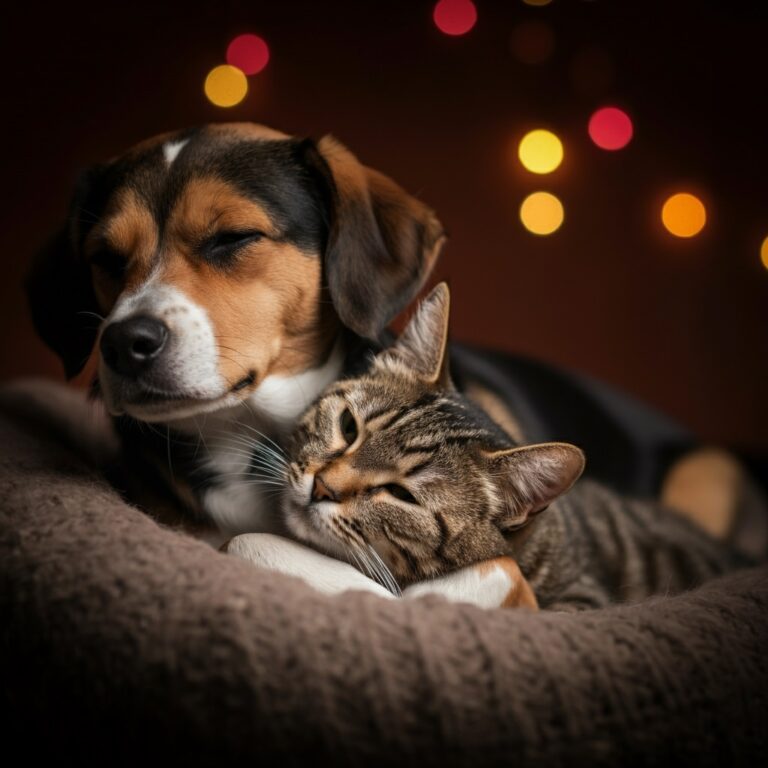
Exercise is just as essential for pets as it is for humans. Regular physical activity not only keeps your furry friend in shape but also enhances their mental well-being, strengthens their bond with you, and can even extend their lifespan. But where do you begin when it comes to creating a structured exercise routine for your pet?
Whether you’re pondering the best workout for a high-energy dog, curious about keeping indoor cats active, or navigating the needs of a less common pet like a rabbit, this guide is here to help. We’ll walk you through the why, what, and how of establishing an exercise routine tailored to your four-legged (or feathered) companion.
Why Pets Need Regular Exercise
Physical health benefits
Exercising regularly reduces the risk of obesity in pets, a condition that can lead to diabetes, joint problems, and heart disease. It improves muscle tone, bone health, and cardiovascular fitness, ensuring your pet stays strong and agile as they age.
Mental stimulation
Boredom can trigger destructive behavior in pets, from chewing furniture to excessive barking or scratching. Exercise, combined with play, activates your pet’s mind, curbing such behaviors and ensuring a happier, calmer companion.
Strengthened bond
Whether it’s a game of fetch at the park or a five-minute chase around your living room, exercise is a fantastic way to build trust and strengthen your relationship with your pet.
Understanding Your Pet’s Exercise Needs
Every pet is unique, and their ideal level of physical activity depends on factors like age, breed, and specific health conditions.
Dogs
- High-energy breeds (e.g., Border Collies, Huskies) require 1-2 hours of intense activity daily. This could include running, hiking, or agility training.
- Medium-energy breeds (e.g., Labradors, Boxers) need around an hour of moderate exercise, such as brisk walks or fetch games.
- Low-energy breeds (e.g., Bulldogs, Bassett Hounds) are content with 20-30 minutes of light activity like strolling or gentle play.
Tip: For aging or arthritic dogs, swimming is a low-impact alternative that’s easy on the joints.
Cats
Cats may not need the same volume of exercise as dogs, but keeping them active is crucial. Indoor cats, in particular, are at a higher risk of obesity. Aim for 15-20 minutes of intense play a day using toys like feathers, laser pointers, or interactive puzzles.
Small mammals (rabbits, guinea pigs)
Small pets thrive on shorter bursts of activity. Rabbits should have at least 3-4 hours of free-roaming time each day, while guinea pigs benefit from interactive toys, tunnels, and supervised sessions outside their cage.
Birds
Many parrot species and other pet birds need 3-4 hours of out-of-cage time daily. Encourage flying in a safe, enclosed space and provide climbing structures or foraging toys for added stimulation.
Steps to Build a Tailored Pet Exercise Routine
Creating a routine that works for your pet and fits into your lifestyle is easier than you think. Follow these steps to get started.
1. Assess your pet’s current fitness
Observe your pet’s current activity levels and consult your veterinarian to determine what’s suitable for their age, weight, breed, and health condition. A professional evaluation will also help identify potential limits, such as underlying joint issues.
Continues after advertising
2. Set realistic goals
Begin with manageable goals that account for your pet’s fitness level. For a sedentary pet, start small with 5–10 minutes of activity each day and gradually increase the duration and intensity as they build stamina.
3. Add variety to keep things exciting
Pets, like humans, can get bored with repetitive workouts. Mix things up to keep them engaged:
- Dogs can try hiking, frisbee, or even doga (dog yoga).
- Cats enjoy variety with different toys, scratching posts, and perches.
- Rabbits and other small pets love cardboard mazes and treat dispensers.
- Birds benefit from alternating perches, swings, and training sessions.
Variety not only keeps workouts fun but also ensures your pet uses different muscle groups.
4. Make it interactive
Your involvement turns any exercise session into bonding time:
- For dogs, incorporate obedience training into walks with commands like “sit” or “stay.”
- Chase games or using wand toys turn an ordinary play session into a mental and physical workout for your cat.
5. Schedule consistent exercise times
Pets thrive on routine. Aim to integrate exercise into your daily schedule at the same time(s) every day. This consistency not only helps you stick to the routine but also reinforces positive behavior by giving your pet something to look forward to.
6. Monitor and adjust
Keep an eye on your pet’s reactions during and after exercise. Overexertion can lead to fatigue or even injuries. Tailor the intensity and duration based on how your pet responds, and don’t hesitate to consult your vet if you notice signs of discomfort or pain.
Tips for Weather and Indoor Limitations
Exercising your pet can become challenging during extreme weather, but these tips ensure they stay active year-round.
- Rainy days or snowstorms: Indoor games such as tug-of-war with dogs, laser tag with cats, or obstacle courses for small mammals can burn off energy.
- Hot summers: Stick to early mornings and late evenings for outdoor exercise. Cooling mats and frequent water breaks can also help.
- Cold winters: Use jackets for dogs during walks, or opt for indoor treadmills if space and budget permit.
Building a Community
Why not make exercise a communal experience? Join local dog walker meetups, pet-friendly run clubs, or share your bird-training success stories online. Engaging with a pet-sharing community can motivate both you and your furry friend to stay active and inspired.
Read More👉 How to Choose the Right Pet for Your Lifestyle
Boost Your Pet’s Wellness Today
Establishing a pet exercise routine is one of the simplest ways to enhance their quality of life. With patience, consistency, and creativity, you’ll not only see a happier and healthier companion but strengthen that special bond you share.
Need more guidance or inspiration? Check out our library of pet health resources or connect with our online community of pet lovers. Your furry (or feathery) companion deserves the best life, and we’re here to help you provide it.



